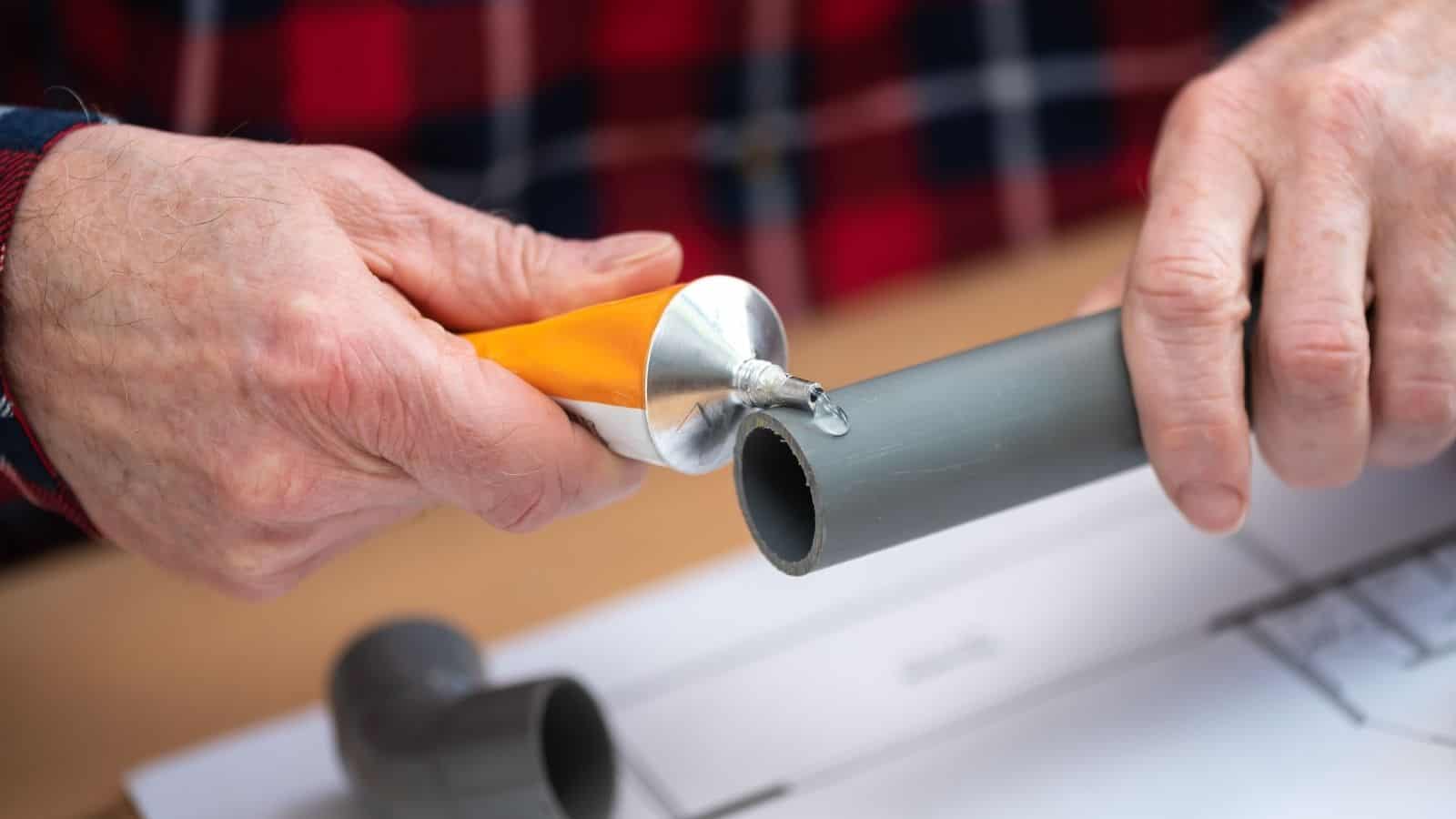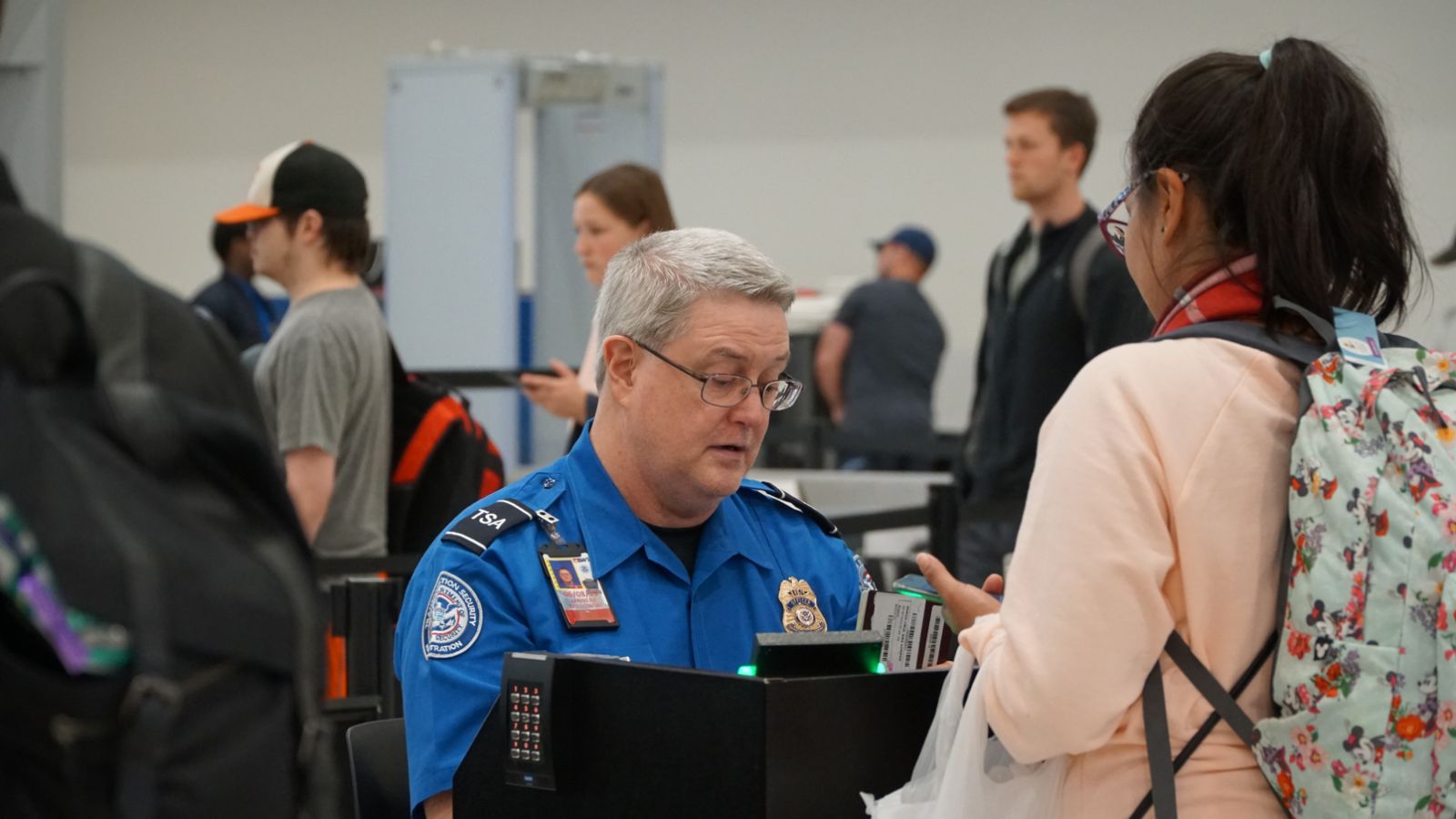We all know how strict airport security can be, and sometimes the exact guidelines to follow can be unclear—so let’s fix that! We’re going through 18 things that the TSA says you shouldn’t put in your checked luggage.
E-Cigarettes and Vaping Devices

The TSA prohibits both e-cigarettes and vaping devices in checked luggage due to the fire risk they pose. Instead, they must be packed in carry-on baggage or on your person. Something to keep in mind next time you fly!
Lithium Batteries

As shared by the TSA itself, lithium batteries are strictly not allowed in checked bags because, when mishandled, their volatile nature can lead to fires. Instead, make sure to carry your spare batteries in your carry-on baggage, where you can keep a close eye on them.
Power Banks

Due to the risk of overheating, power banks and external chargers are prohibited in checked baggage and must be placed in carry-on baggage in case they cause a fire. This applies to any device used to charge other electronics via USB or other means, so make sure to double-check the next time you travel.
Specialty Glue

The risk of fire is a common hazard in prohibited items in checked bags, and specialty glue is no different. As some specialty glues are highly flammable, it is important to check the product label to see if it is flammable or not before packing your bags. You can always buy some at your destination instead!
Matches and Lighters

According to the FAA, all types of lighters that use fuel but don’t have an absorbent lining are not allowed in checked baggage, with strike-anywhere matches falling under the same restriction. This is due to unattended lighters being a potential fire hazard.
Gun Lighters and Gunpowder

Prohibited in both carry-on and checked bags, gun lighters and gunpowder are strictly forbidden due to the potential for misunderstandings about their usage and the explosive nature of the items. It’s best to leave these at home.
Self-Heating Meals

The TSA has a ban on self-heating metals, such as the kind found in self-heating food packaging. They can generate a large amount of heat, which could cause a fire in the luggage compartment, making them a major hazard—so watch out!
Flammable Liquid, Gel, or Aerosol Paint

As shared by the FAA, flammable liquids, gels, and aerosol paints are considered hazardous by the TSA and are prohibited in both checked and carry-on baggage. This ban list includes spray paints, turpentine, and paint thinner, so make sure to check what you’re allowed to bring with you before you fly!
Bear Spray

For any wilderness lovers, here’s one to watch out for! Bear spray isn’t permitted in checked baggage as it’s considered a hazardous material. This is due to large volumes of the spray being dangerous to humans.
Self-Defense Sprays

The TSA does allow certain types of sprays in checked luggage. “One 4 fl. oz. (118 ml) container of mace or pepper spray is permitted in checked baggage provided it is equipped with a safety mechanism to prevent accidental discharge,” as per the website.
Corrosive Materials

Another hazardous item banned from baggage is any form of corrosive material. The TSA doesn’t allow them due to the risk of damage or injury. Some examples include acids, alkalis, and wet-cell batteries.
Medical Oxygen Cylinders

Compressed oxygen cylinders are prohibited in both carry-on and checked baggage due to the risk of explosion under pressure. However, the TSA does allow oxygen concentrators under specific circumstances, such as a medical condition.
Camping Stoves and Fuel Containers

You are allowed to bring camping stoves in your checked baggage, but only if they are empty of all fuel and completely purged of any remaining vapor. This is due to the serious risk of fire posed by the fuel. The same goes for fuel containers.
Dry Ice (Over 5.5 Pounds)

Dry ice is capable of causing pressure build-up and releasing dangerous gases; however, small amounts of dry ice are permitted under certain conditions, with 5.5 pounds being the maximum amount. Good news for any traveling stage performers!
Strong Magnets

Due to the ability of strong magnets to interfere with aircraft navigation and communication systems, they are not allowed to be packed when you’re traveling. What is important to note, however, is that this can include large speakers and some types of medical equipment.
Hoverboards and Other Self-Balancing Devices

Hoverboards were allowed on planes until 2016, but reports of them exploding began to surface. This is due to their lithium batteries malfunctioning and causing fires. While they are allowed through the airport checkpoint, bringing them onboard is at the airline’s discretion.
Liquid Bleach and Chlorine

Liquid bleach and chlorine are prohibited due to their corrosive and oxidative properties. They are not allowed in either carry-on or checked baggage. This makes perfect sense, as they can potentially damage baggage and pose safety risks to both airport staff and passengers.
Fire Extinguishers and Other Compressed Gas Cylinders

Yet another set of hazardous materials that are banned on commercial flights, fire extinguishers and other compressed gas cylinders are not allowed due to the risk of explosion, especially when on an aircraft under a high amount of pressure.
Read More: 20 Things We Did When We Were Young That We Regret Now

It’s easy to say hindsight is 20/20, but what advice would you really give your younger self? Here are 20 things that most people did when they were young that they regret today.
20 Things We Did When We Were Young That We Regret Now
17 Things That Used to Be Highly Respected But Isn’t Anymore

Many things in the world used to be well-respected before turning into complete jokes for various reasons. An internet survey recently asked people, “What is something that was once highly respected but is now a complete joke?” Here are the top 20 answers:
17 Things That Used to Be Highly Respected But Isn’t Anymore
17 Fairy Tales That Are Now Considered Racist

While fairy tales weave magical narratives that span generations, many emerge from historical and cultural contexts tinged with biases. Hiding in many of these tales, racial undertones can be found. Let’s look at 17 fairy tales that have deeper implications.
17 Fairy Tales That Are Now Considered Racist
17 Things Society Can No Longer Do Because Gen Z Said So

Gen Z, our digital-native, trendsetting generation, is making waves in the cultural sea, steering the ship of societal norms in fresh and unexpected directions. As they charter new territories, there are certain practices they’d rather we say goodbye to. Curious? Let’s take a look at 17 things the rest of us can no longer do because Gen Z said so.
17 Things Society Can No Longer Do Because Gen Z Said So
18 Common Traits Found in Adults Who Had Unhappy Childhoods

Being a parent is a hard job, so even those who are truly trying their best will often miss the mark on creating the best environment for their children. Unfortunately, this means that many of us grow up with far-from-perfect childhoods that affect us into adulthood. Here are 18 common traits found in adults who had unhappy childhoods.

